Tumbling oil prices may affect growth in the renewable energy market, but businesses should seriously consider switching to cleaner forms of fuel
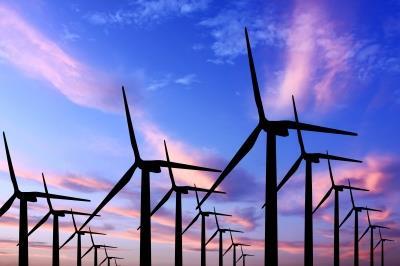
In its latest report, the Intergovernmental Panel on Climate Change (IPCC) warns that if climate change is not addressed, it could cause “severe, widespread and irreversible” damage for people and ecosystems.
Global warming that is limited to 2°C will reduce climate-change related risks. For instance, the risks associated with temperatures at or above 4°C include substantial species extinction, global and regional food insecurity, consequential constraints on common human activities, and limited potential for adaptation in some cases. On the other hand, risks associated with extreme weather events, are moderate to high at temperatures 1°C to 2°C above pre-industrial levels.
In addition, under one of the scenarios in which global warming remains at 2°C, fossil fuel reliance will reduce. The global share of electricity supply from low-carbon energy sources would increase from its current share of approximately 30% to 80% by 2050. Fossil fuels would be phased out almost entirely by 2100.
However, reducing fossil fuel consumption would mean bucking a global trend. Consumption of fossil fuels has risen consistently for more than 25 years, according to BP’s Statistical Review of World Energy 2014 and a significant reduction is arguably less likely considering the recent drop in global oil prices
BP reports that global oil consumption grew by 1.6% in 2013 and that proven oil reserves at the end of 2013 were sufficient only to meet 55.3 years of global production.
In addition corporates are using new methods to extract such fuels. A boom in shale exploration has seen the US significantly increase its oil reserves. In 2013, the US produced one of the world’s biggest year-on-year increases in oil production, which coincided with the country recording the world’s largest increment in oil consumption that year, outpacing China’s growth for the first time since 1999.
Furthermore, global coal consumption grew by 3% in 2013, which was the fastest growing fossil fuel that year and proven coal reserves were sufficient to meet 113 years of global production. Proven reserves of natural gas, the dominant fuel in Europe, Eurasia and the Middle East, were sufficient to meet 55.1 years of global production at the end of 2013 and global consumption rose by 1.4%, higher than the rate of increase in global production (1.1%).
This rise in fossil fuel consumption is not surprising given the acceleration of human population growth in the past century. However, the rate of consumption increase was below the 10-year average for the past three years, and low-carbon energy sources grew their share of global output.
A growth in low-carbon energy output is likely because renewable energy, such as solar power and onshore wind, has become attractive for investors, which has fuelled growth in the sector, according to JLT renewable energy insurance practice leader James Green.
Renewable energy has received a lot of Asian investment since the 2011 Fukushima Daiichi nuclear disaster because it presents a safer and cleaner alternative to nuclear and fossil fuels, according to Green. In 2013, nuclear output accounted for 4.4% of global consumption – its smallest share since 1985 − and renewable energy accounted for a record 5% of global electricity production.
Attracting investments
Solar and onshore wind farms are attracting investment from financial institutions because of their long-term returns, says Green. Moreover, government subsidies and reduced tariffs for renewable projects are also incentivising investors.
In the UK for example, feed-in tariffs (FITs) subsidise property owners with installed renewable energy generators. FITs include a fixed income for every kilowatt hour of electricity generated and an additional fixed income for every kilowatt hour of electricity sold back to the national grid.
“Generally, firms will invest in operational projects that have been built by a developer because they can buy and hold the assets for a long period of time. They do so to benefit from the subsidies and tariffs in the various regional and national regimes, and also from electricity sales,” says Green.
“Investors are beginning to take on the construction risks for renewable energy projects and can generate an internal rate of return of between 7% to 10% on a ground-mounted solar PV project, which is typically more profitable than investing in the stock exchange.”
Corporates taking proactive steps to transfer some of their energy reliance include UK retailer Marks & Spencer. The firm announced it would complete installation of the country’s largest single roof mounted solar panel array on one of its distribution centres in early 2015. It forms part of the retailer’s initiative to self-generate 50% of electricity used by its buildings by 2020.
An emerging risk that promotes self-generation is energy security. This relates to high concentrations of fossil fuel reserves in politically high-risk countries, such as Iran and Russia, which hold the largest proved reserves of natural gas. A breakdown in relations with either nation could arguably jeopardise energy supply for firms in importing countries.
“Green target policies are important but a growing reason for companies to invest into renewable energy is energy security,” says Green.
In the event that a major energy exporter decides to halt supply, Green says “firms that can generate electricity through renewable energy reduce the risk of interruption and are less reliant on others.”
This pursuit of fossil fuels makes the IPCC’s targets to reduce CO2 emissions less feasible. However, current fossil fuel reserves are not sufficient to support global energy demands for future generations, meaning businesses will need to switch to alternative energy sources to sustain operations.
As UN general secretary Ban Ki Moon said at the launch of the IPCC report: “Science has spoken. There is no ambiguity in the message. Leaders must act. Time is not on our side.”






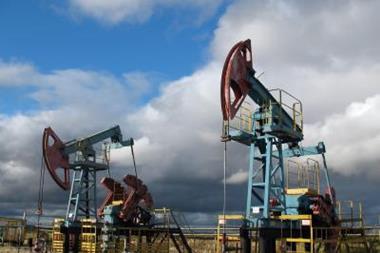
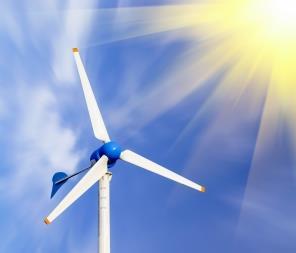
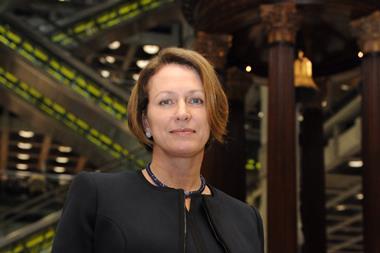
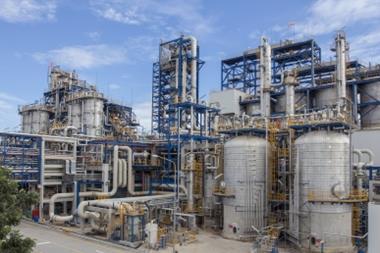










No comments yet